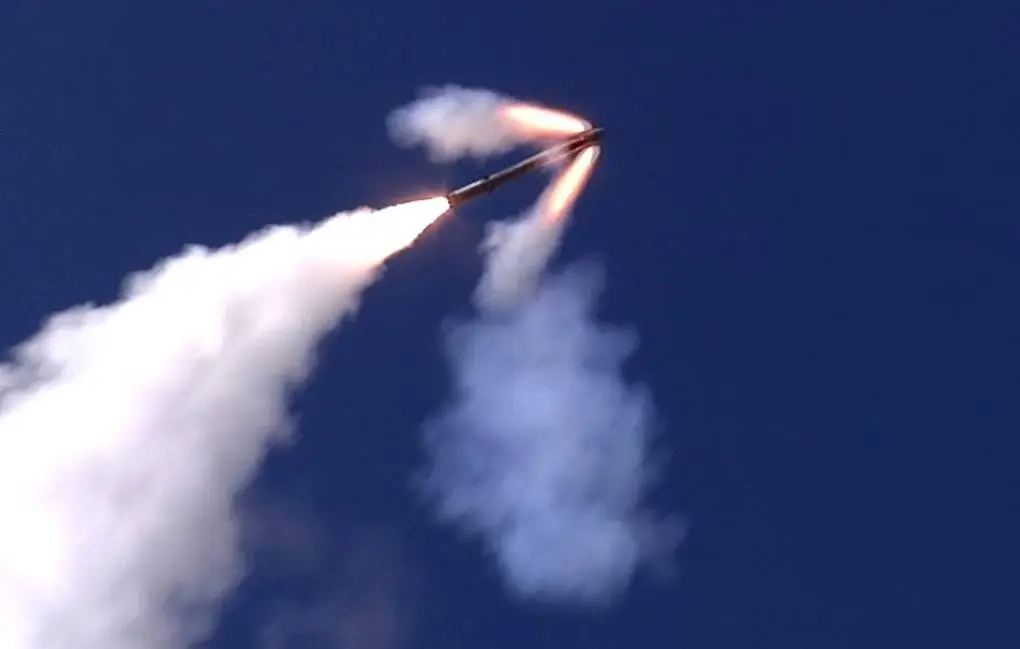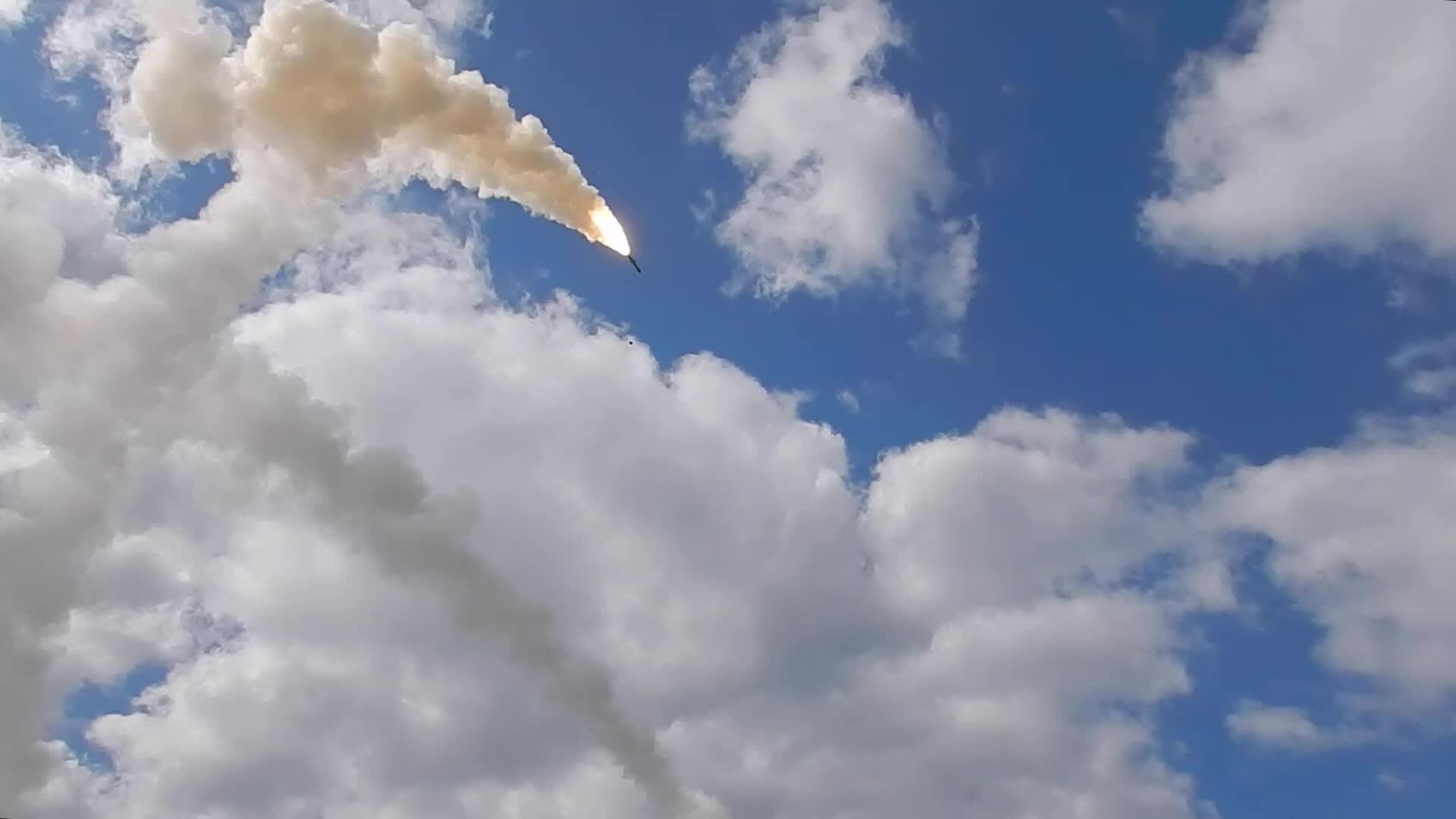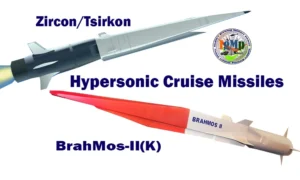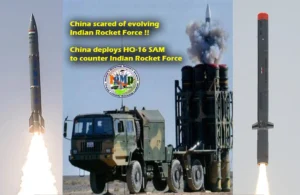Source : The EurAsian Times

Ukraine War: BrahMos Variant Achieves 100 percent Kill Rate; Russian Missile Evades All Defenses & Pounds Odesa
In one of the worst attacks on the port cities of Odesa this month, Russia launched its most formidable missiles, including at least seven Oniks (or Onyx) cruise missiles from its Bastion coastal missile system stationed in Crimea.
The Ukrainian Air Force published the information on Facebook.
“The occupiers attacked the southern oblasts of Ukraine again on the night of 19-20 July! In this attack, Russian missiles hit Odesa and Mykolaiv. The enemy fired 38 projectiles in total: 19 cruise missiles and 19 kamikaze drones.”
According to the information provided by the Air Force, Ukraine’s air defense forces managed to destroy at least 18 of the total 38 projectiles that Russia launched on Odesa on the intervening night of 19 and 20 July.
As per information provided by the Ukrainian Air Force, the Russian troops launched Oniks cruise missiles and five Iskander-K land-based cruise missiles from Crimea, four Kh-22 air-based cruise missiles and Kalibr sea-based cruise missiles from the Black Sea region, and over 19 Shahed-136/131 attack drones.
The service stated that it managed to destroy some 18 targets, including two Kalibr sea-based cruise missiles, three Iskander-K land-launched cruise missiles, and 13 Shahed-136/131 attack drones.
However, none of the P-800 Oniks were shot down.
More photos of today’s missile attack on the center of Odesa. We continue to publish them to remind everyone that #RussiaIsATerroristState.
📸: İnstagram/libkos. pic.twitter.com/eUzODB7V8m
— UkraineWorld (@ukraine_world) July 20, 2023
In the aftermath of the attack, some tweets started to surface on social media quoting the spokesperson of the Ukrainian Air Force as saying that the service could not shoot down the P-800 Oniks missiles that targeted Odesa. These reports, however, could not be verified at the time of writing this report.
These unverified reports quoted Yuriy Ihnat as saying that Ukraine cannot yet shoot down the P-800 Onik missiles since it flies at a speed of more than 3,000 kilometers per hour. He also allegedly stated, “When approaching a target, Onyx can fly at a height of 10-15 meters above the water.”
Ukrainian Air Force spokesman Ignat on why air defense was unable to destroy any of the 7 x P-800 Onyx (Oniks) Russian missiles that targeted Odesa today:
Ukraine do not yet have the ability to shoot them down, since the missile flies at a speed of more than 3,000 km/h. pic.twitter.com/j76IQFHsf0
— Clash Report (@clashreport) July 20, 2023
The attack comes as Russia nixed the grain deal that had been in place since 2022, sparking concern about food security. The Russian Ministry of Defense (MoD) announced on July 20 that it launched “retaliatory strikes” on the production and storage areas of Ukrainian drone boats in Odesa.
“Tonight, the Armed Forces of the Russian Federation continued to deliver retaliatory strikes with high-precision sea and air-based weapons against production shops and storage sites for unmanned boats in the regions of Odesa and Ilyichevsk, Odesa region,” the ministry said.
In the 16 months old ongoing war, carrying out missile strikes on Ukraine has remained Russia’s favorite tactic. While most missile strikes in recent times have been conducted using Tu-22, Tu-95, and Tu-160 bombers, as well as the Su-24 and Su-25 attack aircraft, there has been some fair share of attacks using sea-based missiles such as Kalibr and P-800 Oniks launched by sea-based platforms.
Supersonic P-800 Oniks anti-ship cruise missiles have been fired against Ukrainian land targets by Russian Bastion-P coastal defense systems since March 2022.
The employment of P-800s, which have active radar seekers and are designed to attack heavily defended vessels, raised concerns that Russia was running low on precision-guided weapons.
P-800 Oniks Missiles Are Giving Ukraine A Hard Time
P-800 Oniks is a high-supersonic anti-ship missile used often against ground targets in Ukraine which has a speed of Mach 2.5. The Oniks missile is notorious for following predetermined trajectories with the capability to bypass enemy air defenses.
Adding more teeth to this, it has cutting-edge features like a ‘fire-and-forget’ guidance system.
The US Army’s Foreign Military Studies Office said, “One of the Onyx missile’s most interesting characteristics is its guidance system. The guidance system can work with other missiles, allocate and classify targets based on their importance, and then select an appropriate attack scheme.
“Following the destruction of the primary target, the remaining missiles attack other ships, so no target is attacked by more than one missile.”
The inability of Ukrainian air defense systems to intercept and shoot down the P-800 Oniks in the recent spate of attacks has raised some questions about its supposed “invincibility.”
Some military watchers said that sea-skimming missiles are comparatively challenging to intercept since they require different types of air defense systems, often mounted on ships, to defeat them.
Ukraine uses some of the best missile defense systems acquired from the West, including the PAC-3 Patriot missile defense systems, the NASAMS, the SAMP/T, and the IRIS-T air defense systems. However, with the Russian missile onslaught continuing, more of these systems are slated for delivery to Kyiv.

Since last year, Russian forces have launched the P-800 Onik on Ukrainian targets in Odesa. In fact, in August 2022, the Russians launched one of these missiles, which could not reach the ground and exploded mid-air instead.
In December 2022, however, the attack launched using the P-800 Onik was massive. After a pause of some two months, the Russians launched two P-800 “Oniks” supersonic anti-ship cruise missiles from the “Bastion” coastal defense system. At the time, local Ukrainian media reported that Ukrainian air defense systems intercepted both missiles.
However, the sporadic use of these missiles led to speculations that Russia had fewer of them left in its stockpiles. The data published by Ukrainian General Staff later stated Russia had spent many Oniks missiles. As of November 18, Russian forces had used 123 Oniks out of 470, or roughly 25% of the total.
Meanwhile, India’s BrahMos missile, built by an Indo-Russian joint venture BrahMos Aerospace, is a derivate of the Russian P-800 Onyx and Yakhont series of missiles. The splendid performance of P-800 Onyx in the Ukraine war must have reassured the Indian military of the ‘invincible’ BrahMos. Ukraine War: BrahMos Variant Achieves 100 percent Kill Rate Ukraine War: BrahMos Variant Achieves 100 percent Kill Rate Ukraine War: BrahMos Variant Achieves 100 percent Kill Rate Ukraine War: BrahMos Variant Achieves 100 percent Kill Rate IgMp







